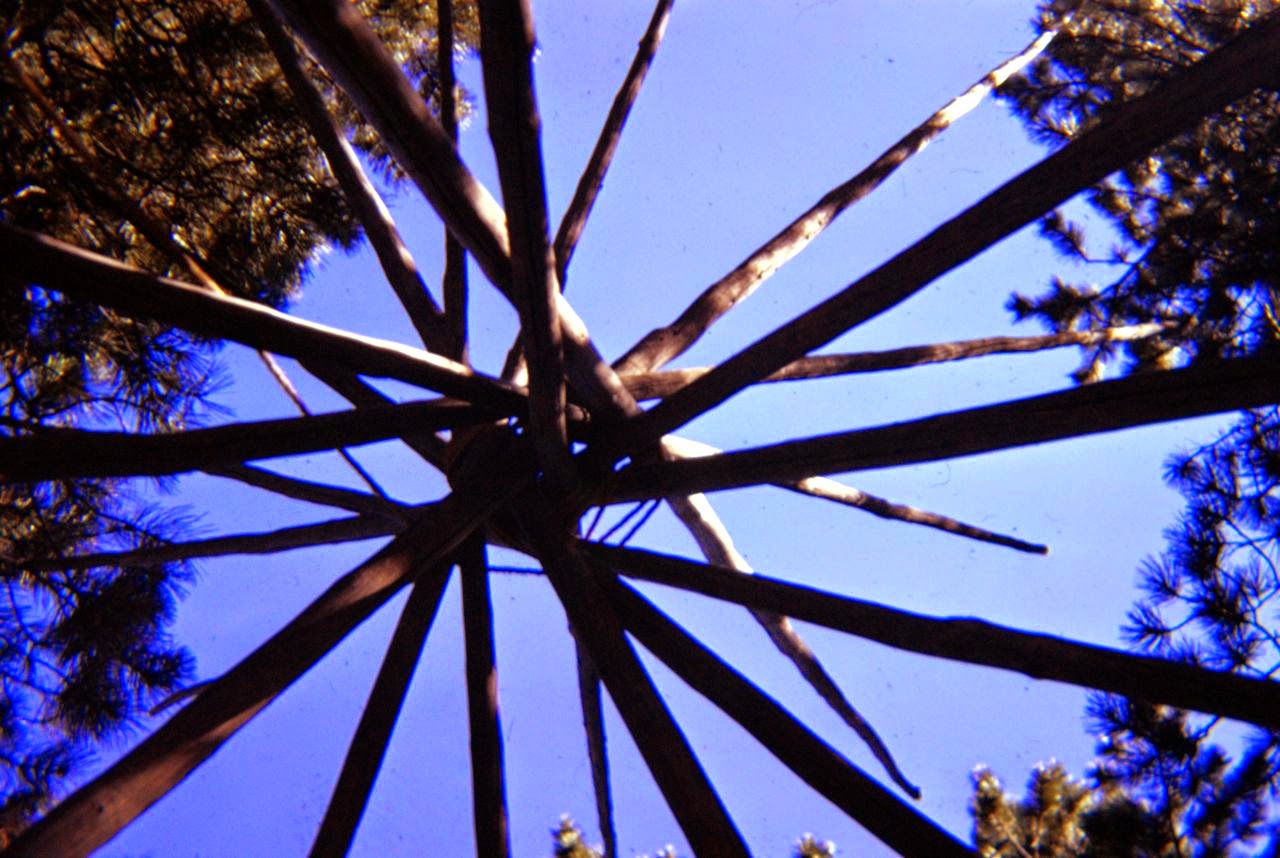It doesn't make sense but it's true. Families are working together, eating together, preparing meals, cooking, cleaning, and taking in family members who lost their place to spend the night. I’ve been watching the children. Many are getting into the healing happiness of the covid blessing. We can heal with them.
Of course, the increase of interaction with family members can bring out the worst too. Many of us are bothered with so much relationship stuff. We live in a culture that has demeaned family work to meet physical needs. It’s why we like school cafeterias, fast food, and propane deliveries. Now more of us are finding ourselves close to fires we build together, and rebuilding broken relationships is not easy. We are accustomed to easily walking away from the circle when the going gets tough, and conflicts rear up. And now with covid still around, that’s more difficult, and more dangerous. So many of us are swept into a family circle. Is it broken? Can Covid turn out to be a catalyst for healing?
Our collective memories have lost power to hold intact the ancient circle of Apsaalooke, German, Irish, Mexican, Asian and more heritages that once functioned here. They once kept our families together for the good of all. The power of the circle once was there because it included everyone. Not just because we would feel guilty sending anyone away, but because we were needed to keep our real needs met. Everyone had a role in some of everyone’s needs. And it was not only physical needs. It’s our need to be needed. And our need for emotional, spiritual, physical, and social connection.
A friend of mine had a brother who was incapacitated in his youth. The tragedies led to a diagnosis of schizophrenia. Father, grandfather, and the two brothers took up a challenge to be helicoptered into the remote wilderness in the North Canadian shield. It was weeks walking distance from the planned point of access to safety. They prepared carefully for the risks, gathering equipment and tools for an extended time. They were conscious their need for each other would far outweigh the possibility of anyone being “on my own” during this expedition. And that itself was scary. The risks were high of being together in a family fraught with trauma, even ancestral trauma. A family history of conflicts in relationship does not make such a venture easy to enter. To make a long story short, by the last week of the venture his symptoms were gone.
In “civilized” America, more of us than ever before can choose to survive on our own. It’s not easy to see interdependency as useful. We seem to have a culture built on easy escape from distasteful or even violent symptoms of trauma still engrained in our family system, from back when escape was not easy as it is now.
And now, covid has been putting children together with their elder relatives in ways that demand their loyalty and care for one another. I’ve heard it’s happening: the gift of covid.
For how many of us is this a terrible twist of covid fate? Can it be turned into the blessing the Creator may have intended? Many of us, with ancestral trauma history, have difficulty opening our minds to this. Family dysfunction has become normal, as well as the normal ease to escape to another state. Now that escape isn’t so easy, we maybe could benefit together from a well-designed free program to heal together. First see or read the story: thetraumatizedbrain.com/the-legacy-of-hollow-water .
Then look up hidden water, the new healing way built on science supporting what happened with Hollow Water: https://hiddenwatercircle.org/origin-story.
Or better yet, contact your local behavioral health provider, and ask for a human systems approach.
Might this be a way for the convergence of covid tragedies here with the Creator’s way to recapture the hope we once had in each of our ancestral pasts? Can all the varieties of heritages, languages, and religions here be an asset for healing?
